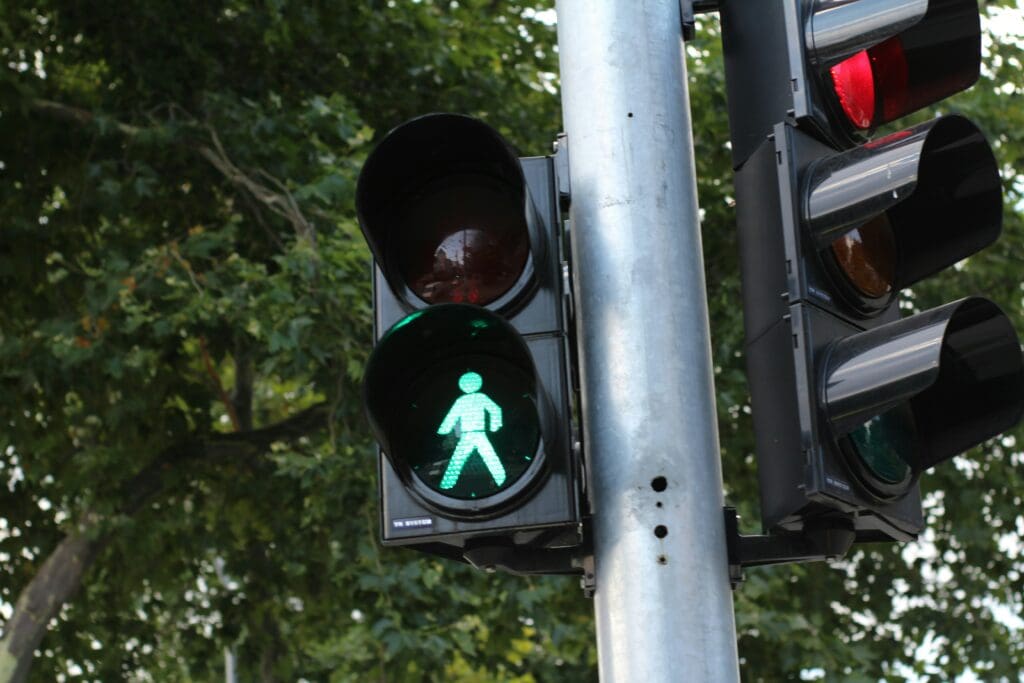In the quest for safer urban landscapes, the introduction of frangible structures in urban infrastructure is a compelling consideration. This is particularly the case in the context of poles used for traffic signals and street lights. However, despite the clear benefits, the debate surrounding their implementation in these settings raises questions about their efficacy and practicality.
What are frangible structures?
Frangible structures are those designed to yield or break upon impact. They have gained acclaim in airfields, in maritime navigation, and in communication towers as a safety measure. The application of this technology to urban infrastructure, i.e. traffic signals and street light poles, introduces a potential solution to mitigate the impact of vehicular accidents.

Balancing safety and functionality
The primary advantage of employing frangible structures in urban settings lies in their ability to reduce the severity of accidents. In the event of a collision, these poles are engineered to yield or break. This potentially minimises damage to vehicles and, even more importantly, decreases the risk of injury to pedestrians and occupants. Urban infrastructure planners must strike the balance between enhancing safety and ensuring the consistent operation of signals and lights. The engineering challenge is to get that balance just right.
Are they suitable in the urban environment?
The feasibility of frangible structures in urban settings depends on various factors. These include traffic density, number of pedestrians, and the likelihood of vehicular collisions. High-traffic intersections or areas prone to accidents would benefit most from these safety measures. Quieter zones probably do not justify the implementation. If there is little risk of an accident, there is a far lesser need for frangible materials to be used. Maintenance and replacement costs might pose practical and financial challenges for widespread adoption.
What about the future?
Continued advancements in material science and structural engineering hold promise for refining frangible structures. This could potentially address current challenges related to durability, cost-effectiveness, and adaptability. As technology evolves, these structures could become more versatile and more easily integrated into urban landscapes.

The debate over using frangible structures in traffic signals and streetlight poles epitomises the ongoing pursuit of safer urban environments. Their implementation poses challenges, but the potential to significantly improve safety is clear. They reduce the severity of accidents and enhance pedestrian and vehicular safety. So, they are a compelling consideration in certain high-risk areas. As cities grow and change, the evolution of frangible structures is paving the way for a new era of urban safety. Collisions will result in minimised harm, meaning safer streets for both drivers and pedestrians. The quest for safer cities is an ongoing endeavour. The integration of innovative technologies like frangible structures serves as a testament to our commitment to enhancing urban safety standards.
Pollite are a global leader in the manufacture and supply of frangible masts across multiple industries. Contact us for more information and to discuss your project requirements.